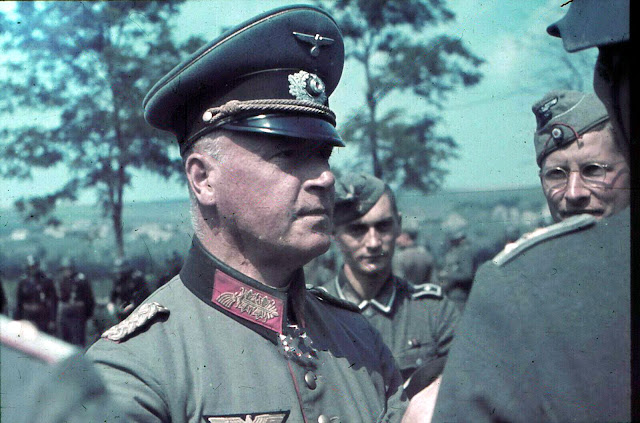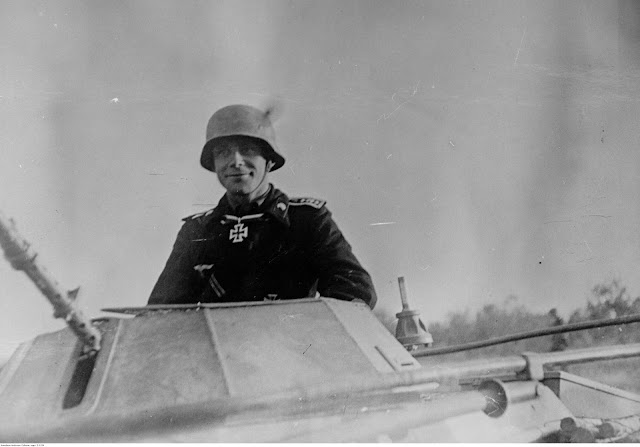
Franz Landgraf (16 July 1888 - 19 April 1944) joined the Royal Bavarian 5th Infantry Regiment "Grand Duke Ernst Ludwig of Hesse" on July 7, 1909, where he was then promoted to lieutenant on October 26, 1911. On August 1, 1914, he moved as a platoon leader with his regiment, where he was deployed as an adjutant to the 2nd battalion from August 20, 1914. From February 10, 1915 he led the 10th company and from March 24, 1915 the 7th company of the regiment. On May 21, 1915 he was transferred to the 1st Bavarian Jäger Regiment in the German Alpine Corps as a regimental adjutant. On December 27, 1917, Franz Landgrave married Eugenie Bergmann. On December 10, 1918 he returned to the Royal Bavarian 5th Infantry Regiment "Grand Duke Ernst Ludwig of Hesse", where he was employed as a regimental adjutant from January 1, 1919 until March 10, 1919 when he became chief of the 2nd The regiment's volunteer company. On April 20, 1919 he then joined the Freikorps Bamberg, in which he was promoted to captain on August 19, 1919. On February 27, 1920 he was transferred to the Reichswehr and posted to the Reichswehr Infantry Regiment 46. From October 1, 1920, he served first as the company chief, then as regimental adjutant in the 21st Infantry Regiment. On October 1928 he became an adjutant in the staff of the military training area Grafenwoehr, where he was promoted to major on February 1, 1931. In 1934 he returned to Infantry Regiment 21 and on April 1, 1934 he became commander of the training battalion of Infantry Regiment 21. On July 1, 1934, he was promoted to lieutenant colonel. From October 1, 1934 he commanded a battalion in Rifle Regiment 2 and on August 1, 1936 he was promoted to colonel. On October 1, 1936, he became the commander of Panzer Regiment 7, with which he took part in the 1939 Polish campaign. On October 15, 1939, he gave up command of the regiment and became commander of the 4th Panzer Brigade. This brigade, which was subordinate to the 10th Panzer Division, was led by Franz Landgraf during the 1940 western campaign. On June 16, 1940 he was awarded the Ritterkreuz for the success of Panzer Brigade 4. On September 1, 1940 he was promoted to Generalmajor. On January 6, 1941, he took command of the 6th Panzer Division, which he led in Russia from June 1941. On April 15, 1942, he was transferred to the Führerreserve and on May 1, 1942 commander of division No. 155, from May 10, 1942 division (motorized) No. 155 and from April 5, 1943, tank division No. 155 This division functioned as an occupation force in France, where Franz Landgraf was promoted to Generalleutnant on September 1, 1942. On October 1, 1943, he was transferred to the Führerreserve and no longer used in the rest of the war. He finally died in Stuttgart on April 19, 1944.
Source :
https://forum.axishistory.com/viewtopic.php?p=2057620#p2057620
http://www.lexikon-der-wehrmacht.de/Personenregister/L/LandgrafFranz.htm

















































